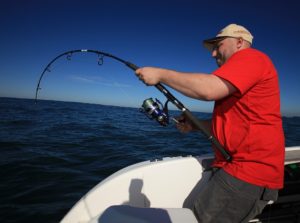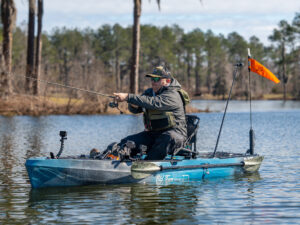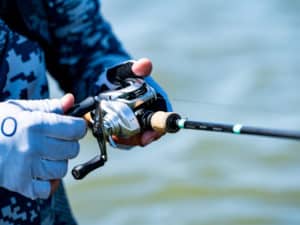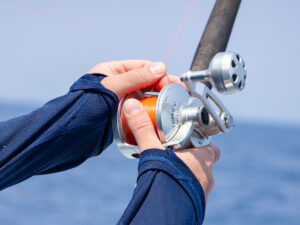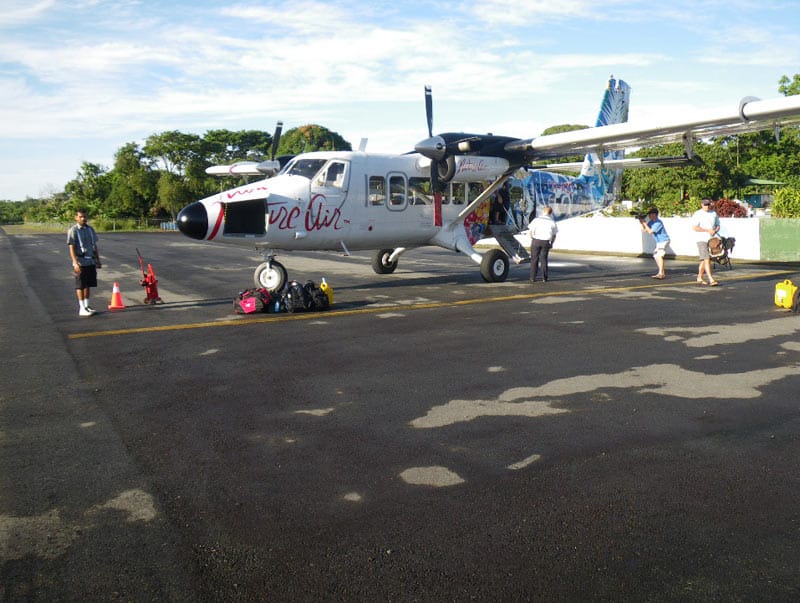
flying with PLB
Safety at sea ranks as a hot topic for me. I’ve written several times about proper gear, including emergency beacons and flotation devices. I can’t help but prefer the odds when I know I’m prepared; then I can relax and enjoy the fishing.
In the past, I’ve felt better prepared on my home waters, where I fish from my own boat and speak the language. When I travel, that’s another ballgame.
On a trip last week to Costa Rica, I finally decided to test the information I’d heard about flying to remote locations with a personal locator beacon (PLB). Chris Wahler, product line manager for ACR Electronics had told me I could carry my ResQLink+ aboard commercial flights. For my Costa Rica trip, I’d have two American Airlines flights and a puddle-jump aboard a Nature Air prop plane each way.
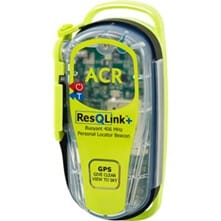
I visited the Transportation Security Administration website and searched for prohibited items; then visited the American Airlines site as well. I couldn’t find reference to PLBs even using site searches.
I decided to put the small PLB into a pocket of my backpack rather than stow it in a checked bag. The process couldn’t have gone smoother. My backpack rolled right through multiple searches, including a thorough review by Costa Rican airport authorities before boarding my return flight. No questions asked. No problems arose.
Mind you: I never assume that all security personnel react the same in every situation. But I was happy this was a no-hassle experience.
Once on the water in southwestern Costa Rica (Crocodile Bay Lodge, Puerto Jimenez), I fastened my ResQLink+ to my belt and headed offshore with assorted fishing writers and folks from Penn Reels.
Oh yes, and we did catch some 25- to 65-pound yellowfin tuna running-and-gunning with the spinner dolphins. Stay tuned for more coverage of that.

